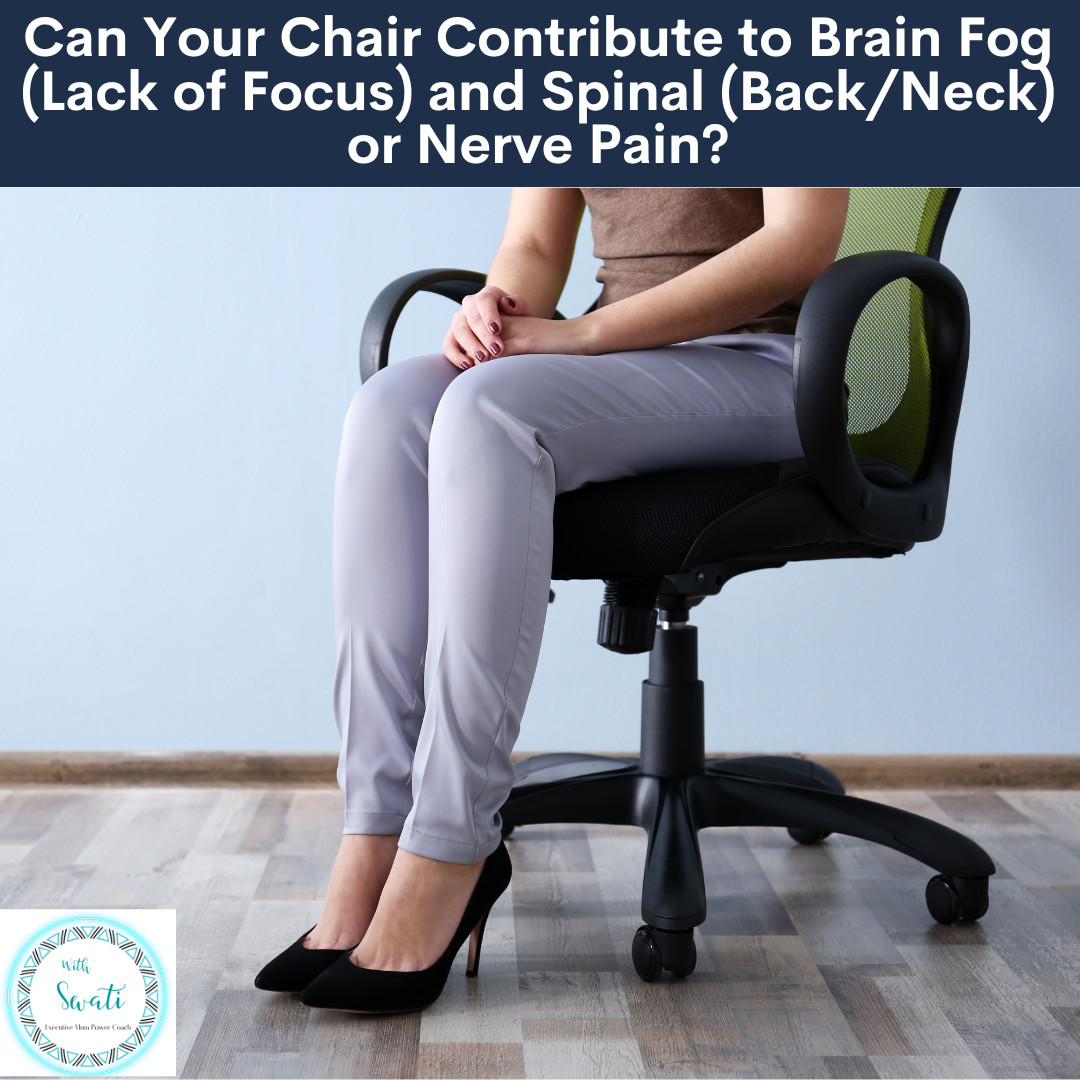
As an executive mum juggling high-pressure meetings, deadlines, and the endless to-do list of home life, you don’t have time to deal with nagging back pain, stiff shoulders, or the mental fog that makes even simple tasks feel overwhelming. Yet, day after day, you may find yourself struggling with discomfort, brain fog, and exhaustion, often without realising that your office chair might be the culprit. In this blog lets explore how your chair could be the hidden cause of your pain and lack of concentration and what you can do about it.
Most executive mums spend hours sitting, whether it's at a desk, in meetings, or on calls. But if your chair isn't supporting you properly, it can lead to poor posture, spinal misalignment, and even a decrease in focus and productivity.
Here is how a poor chair affects your body and mind:
Slouching Leads to Back and Neck Pain: If your chair lacks lumbar support, your lower back may round, forcing you into a slouched position. This puts excessive strain on your spine, causing discomfort in your lower/mid/upper back, shoulders and neck. Over time, this misalignment can lead to chronic spinal & nerve pain and even cervicogenic headaches and dizziness.
Poor Posture Restricts Blood Flow: When you’re not sitting correctly, blood circulation to your brain and muscles can be minimally compromised. Even this minuscule reduction in oxygen flow contributes to lack of focus, fatigue, and that sluggish feeling that makes it harder to concentrate on complex tasks.
Increased Muscle Tension and Stiffness: Sitting for long hours without proper support can lead to tight hip flexors, tense shoulders, and a stiff neck. This tension often triggers discomfort that distracts you from your work, making it difficult to stay sharp and productive throughout the day.
Compression of the Nerves: If your chair doesn’t support your posture, your spine may compress nerves in your lower back or neck, leading to radiating pain, numbness, or tingling in your arms andlegs. This constant discomfort can pull your focus away from important tasks, leaving you feeling drained and inefficient.
Here are some simple solutions for better focus and less pain:
Upgrade Your Chair: Invest in an ergonomic chair with lumbar support and adjustable features that allow you to sit upright with your feet flat on the ground. If you don't have an ergonomic chair and want to modify your existing chair to make it more ergonomic, watch this video on ‘How can you make your non ergonomic office chair more comfortable?’
Set Up Your Workspace Correctly: Your screen should be 5to 10 degrees below your eye level and your arms should rest comfortably at a 90-degree angle to your desk.
Take Movement Breaks: Every 30–45 minutes, stand up, stretch, and reset your posture to avoid prolonged strain.
Engage Your Core While Sitting: A strong core supports your spine and reduces pressure on your back and neck, helping you stay pain-free and focused.
HERE is a free checklist to '10 Easy Desk- Based Exercises To Strengthen Your Core' This checklist is designed for busy days when you don’t have time to leave your seat but still want to feel stronger and more supported. With these simple, discreet exercises, you’ll be able to activate your core and improve your posture without missing a beat.
Your chair might seem like a minor detail, but it plays a crucial role in your daily comfort and ability to stay productive. Making small adjustments to your seating setup can mean the difference between a day filled with energy and clarity versus one lost to pain and brain fog.
If you like this blog and want to be notified about new blogs as soon as they are published, subscribe to my mailing list below.
I would love to see you around the internet! For other places you can explore more about me: https://withswati.com/page/link
Note: This page contains affiliate links which will bless me, at no additional cost to you and I will be able to help more people with spine, nerve and joint pain.


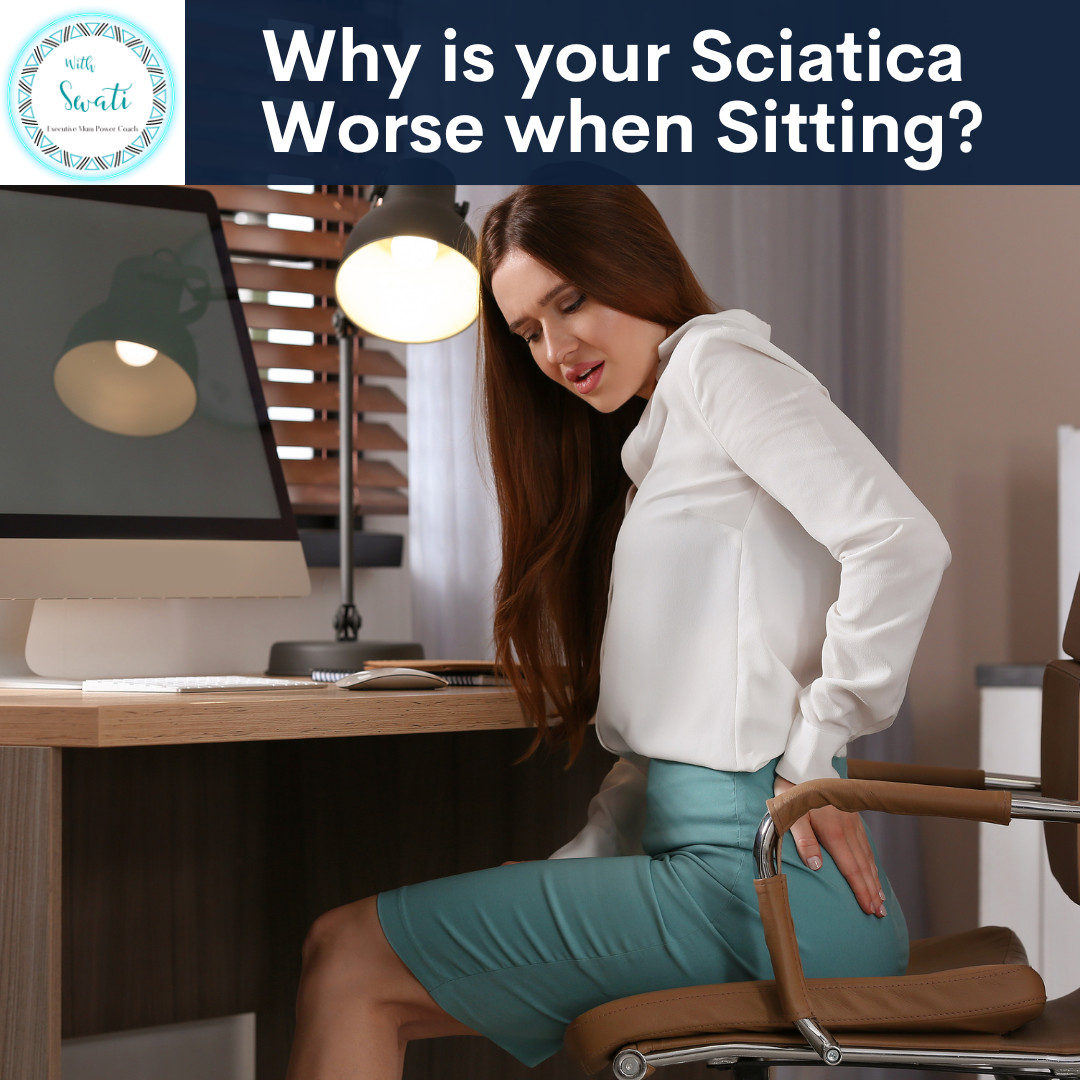
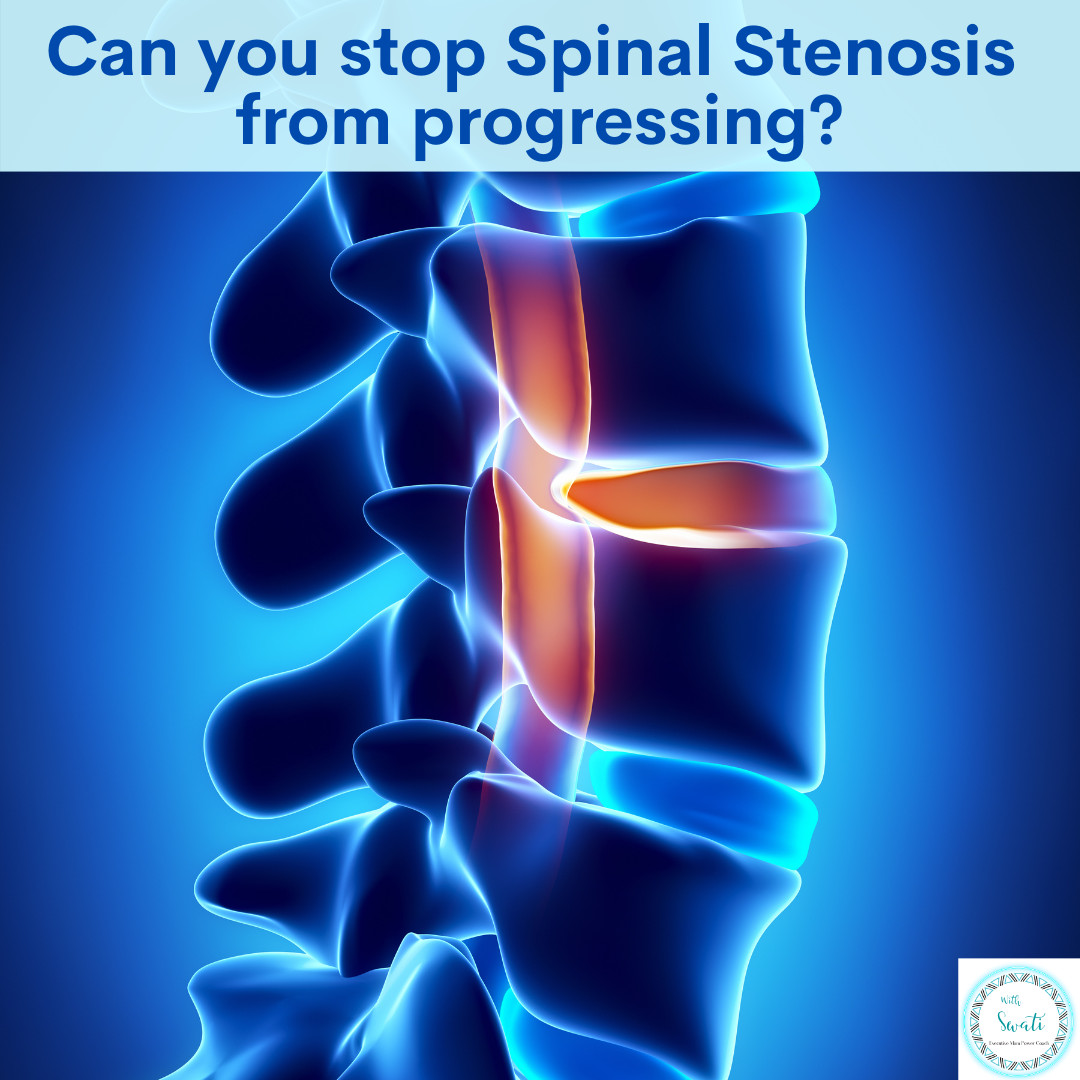
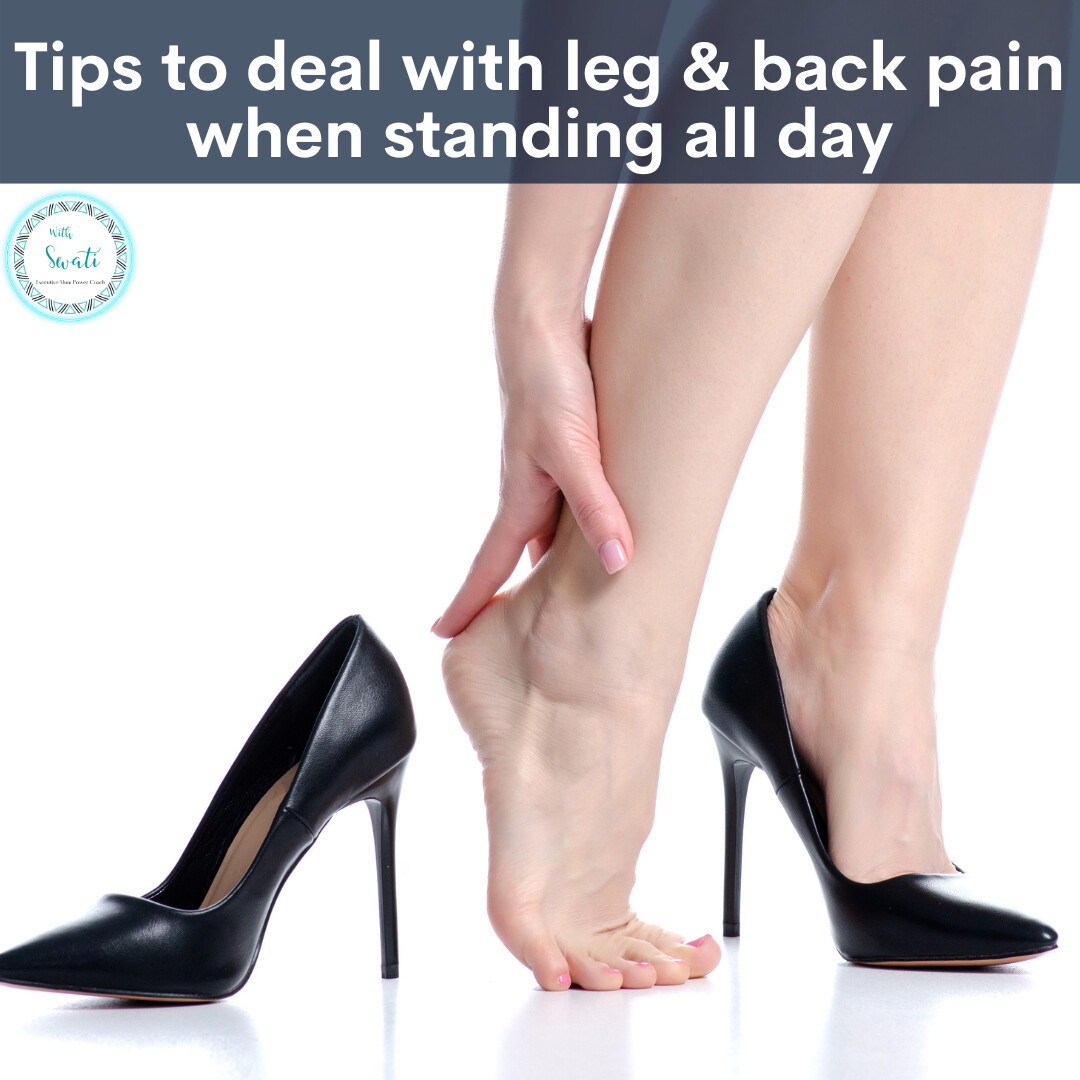




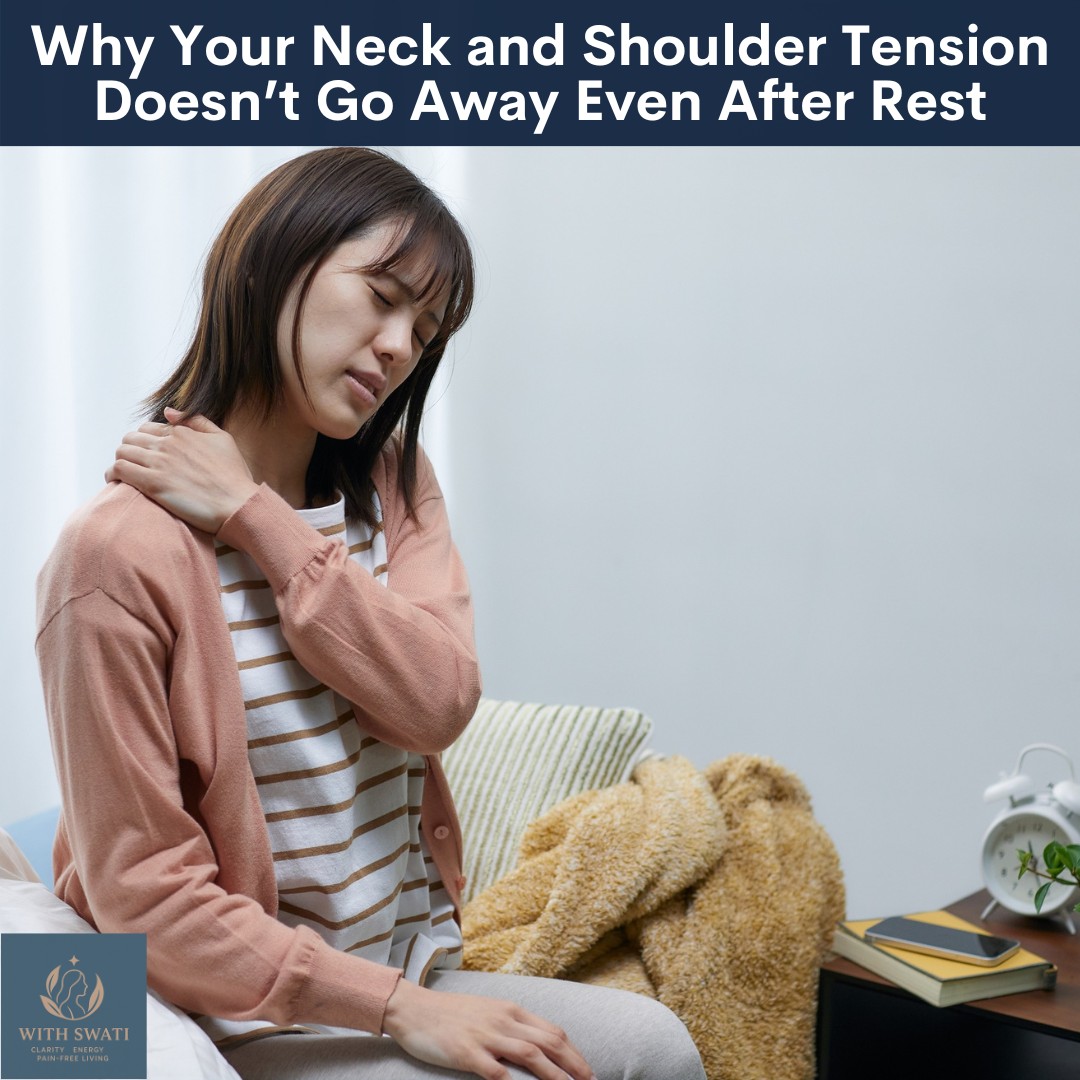

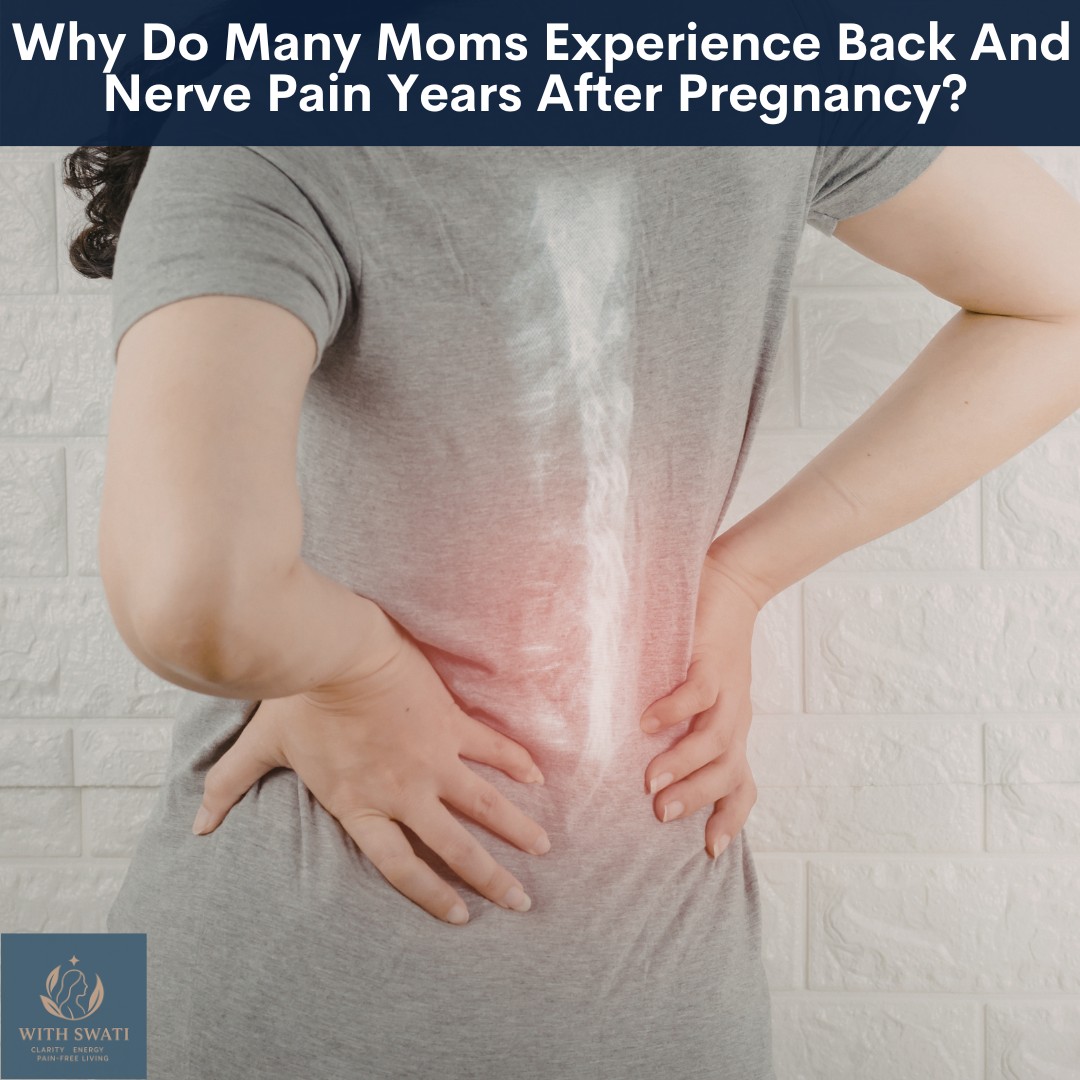


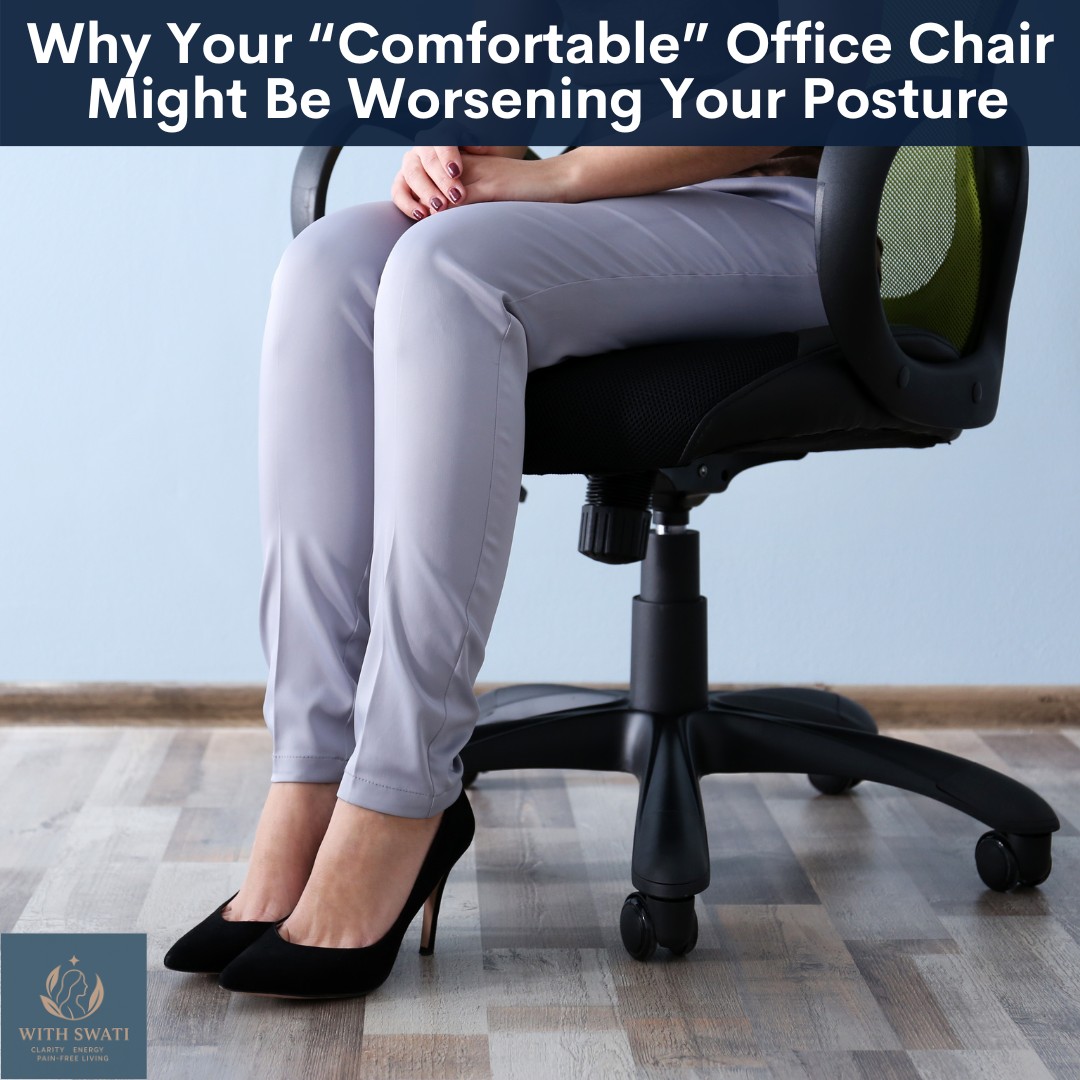

0 Comments